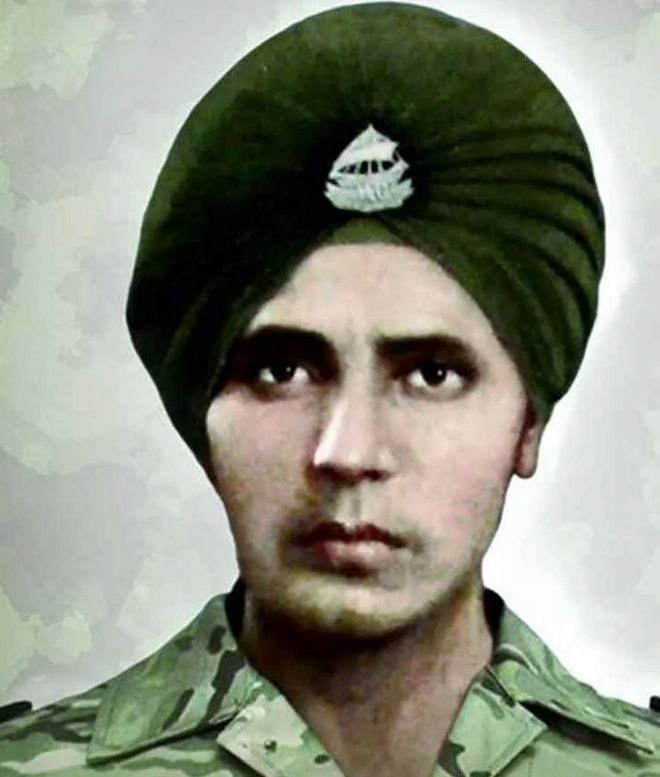
DURING a trip to Sikkim with my family earlier this year, I visited the Nathu La, which is of strategic importance to the Army. Heavy snowfall often restricts access to the pass, with temperatures reaching as low as -25°C, accompanied by strong winds. From there, we travelled to visit a temple named after Baba Harbhajan Singh. He was a soldier who died young back in 1968. Sepoy Harbhajan Singh was posthumously given the rank of honorary captain.
Harbhajan Singh was born in a Sikh family on August 30, 1946, in Sadrana village (now in Pakistan). He joined the Army in February 1966 and was recruited in the 23rd battalion of the Punjab Regiment. It was this regiment that he served till his death on October 4, 1968, near Nathu La.
On that fateful day, Sepoy Harbhajan Singh was escorting a mule caravan from his battalion headquarters at Tuku La to Dongchui La. He slipped and fell into a nullah; the gushing waters carried his body downstream. A search operation proved to be futile. Legend has it that one of his comrades had a dream in which Harbhajan Singh informed him about the tragic incident and the location of his body. It was found a few days later and cremated with full military honours. The story goes that he then appeared in the dreams of fellow soldiers and asked them to build a samadhi for him. The unit duly constructed a shrine.
A temple dedicated to him was built in 1982. People visit it to pay their respects to Sepoy Harbhajan Singh, now better known as Baba Harbhajan Singh. There is a superstitious belief that the water kept at the place can cure ailing persons. It is also believed that his ‘spirit’ protects Indian soldiers who guard the border post at Nathu La.
On the temple’s premises, there is a room with a bed, Harbhajan Singh’s portrait, uniform, shoes, slippers and a stick. The place is managed by barefooted uniformed personnel from the nearby Army unit; they make the bed and keep the shoes polished.
During my visit, I also got to know about another soldier named Harbhajan Singh. A Major, he hailed from Bhatte Bhaini village in Patti tehsil of Punjab’s Tarn Taran district. He did his matriculation from DAV High School, Patti, in 1956. Later that year, he got himself enrolled as a ‘boy soldier’ at the Army recruiting office in Amritsar and joined the Corps of Signals. He died fighting Chinese troops in the Nathu La clashes of September 1967. Major Harbhajan Singh, who was just 26 years old when he made the supreme sacrifice, was posthumously awarded the Maha Vir Chakra, India’s second highest gallantry award. I marvelled at the Nathu La connection between the two soldiers, both named Harbhajan Singh, who died a year apart.
